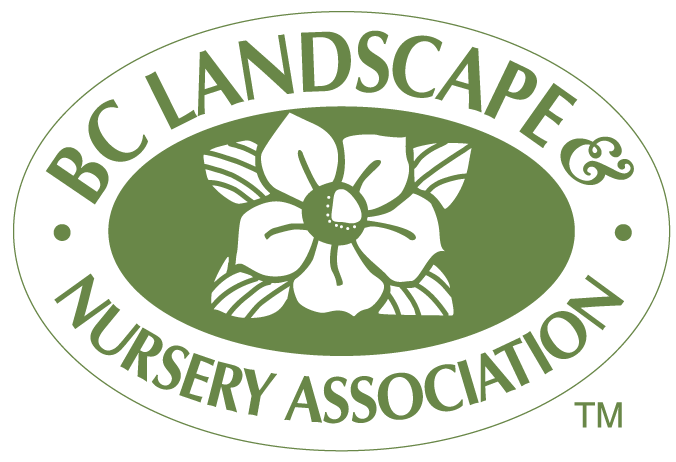Supporting & Growing BC's Horticulture Industry
The BC Landscape & Nursery Association (BCLNA) is the leading voice for British Columbia’s horticulture industry, representing landscapers, growers, garden centres, and suppliers. We advocate for industry growth, provide valuable business resources, and foster connections that strengthen our community. Whether you're looking for professional development, industry insights, or exclusive member benefits, BCLNA is here to support you.





















